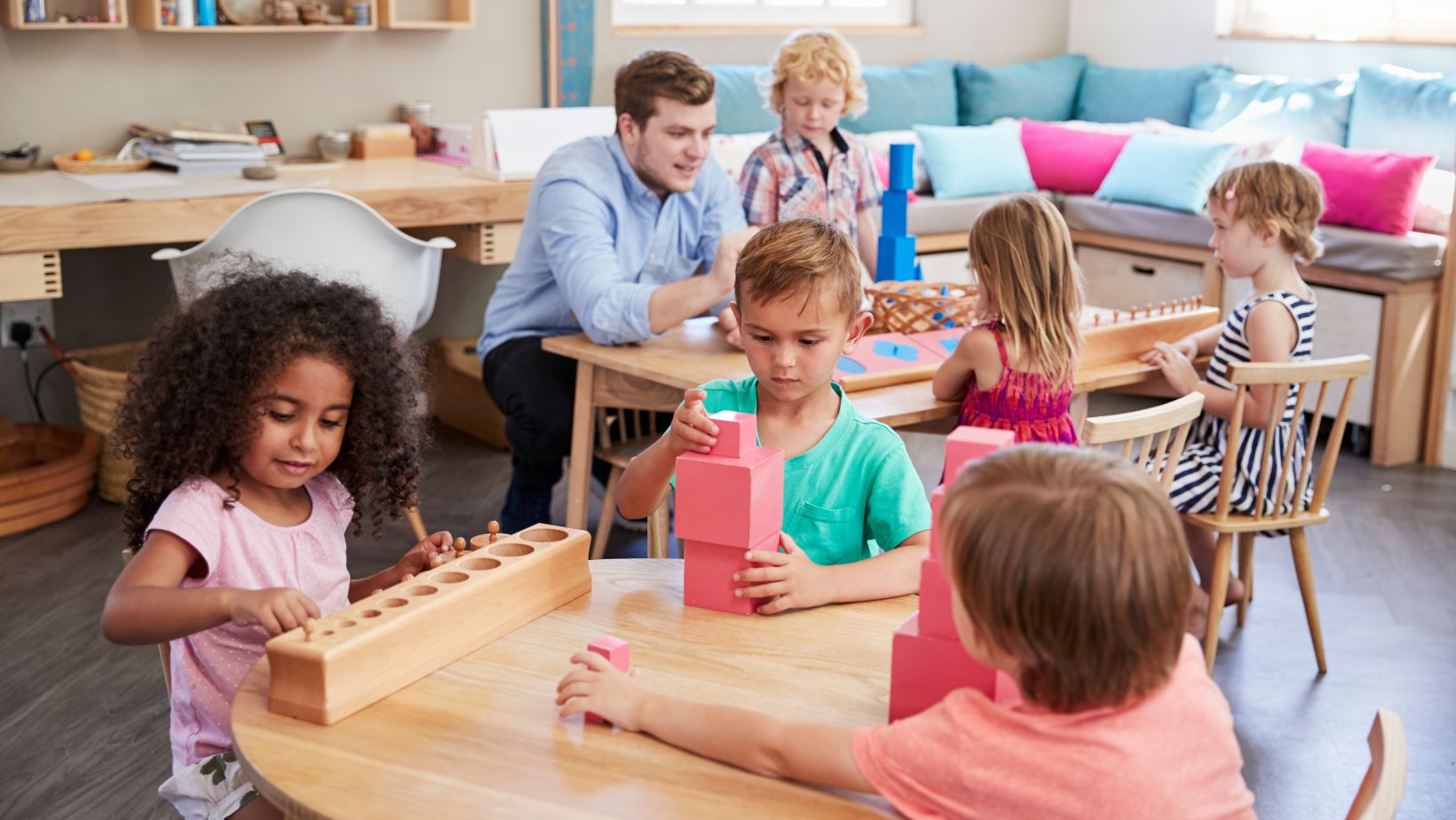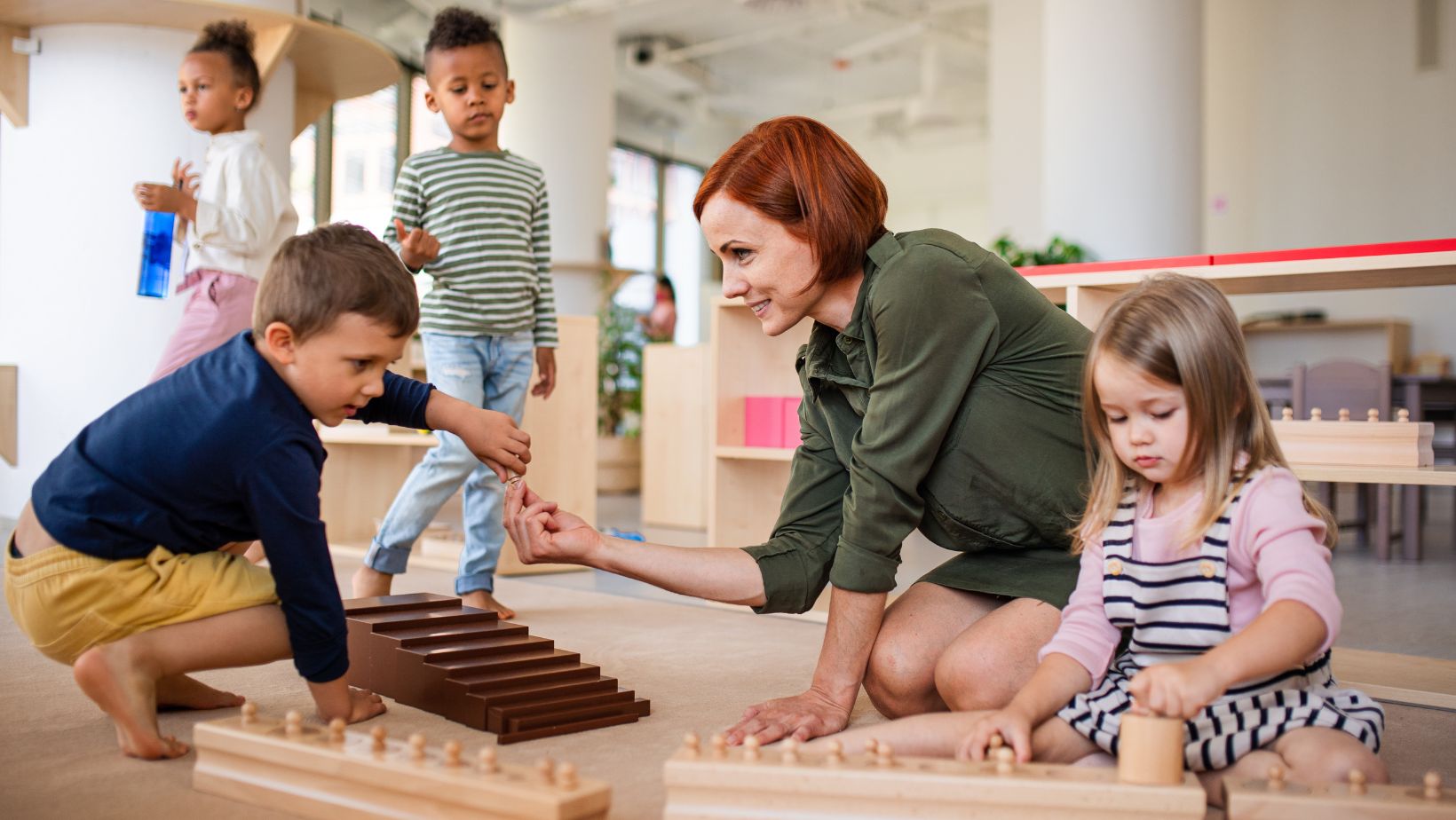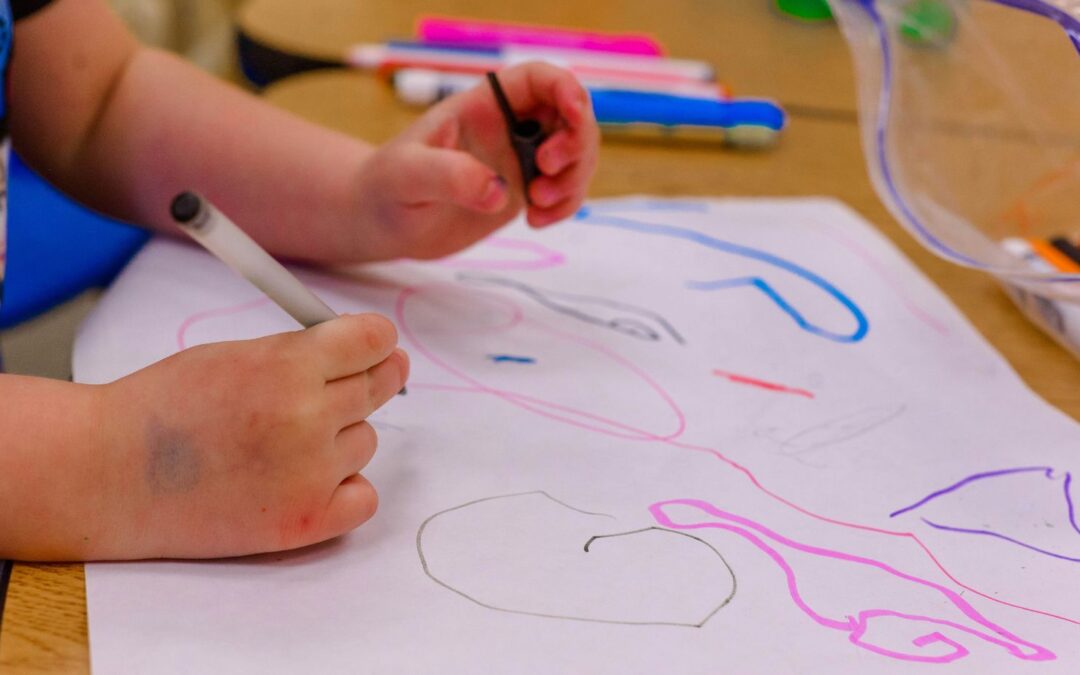Are you curious about what Montessori education offers for children of different ages? Understanding this unique educational approach can be invaluable, whether you’re a parent considering Montessori for your child or an educator exploring alternative teaching methods. The Montessori method, developed by Dr. Maria Montessori in the early 20th century, emphasizes a child-centered approach to education. It is designed to foster independence, a love for learning, and respect for a child’s natural psychological development.
Montessori for Infants (0-3 Years)
In the earliest years, a Montessori environment is often referred to as the “Nido,” Italian for “nest,” and it serves infants from birth to around 18 months. This serene and secure setting is tailored to the unique developmental needs of the youngest children. Here, everything is sized just right for babies to move freely and safely. Soft mats and mirrored walls encourage infants to move, explore, and discover their own reflections.
As infants grow into toddlers, they transition to what’s known in Montessori as the Infant Community, which caters to children from 18 months to three years. In this phase, the focus shifts slightly to include activities that support burgeoning motor skills and independence. Toddlers are introduced to simple, engaging tasks that they can master on their own, such as dressing frames to practice buttoning or small pitchers for pouring water. These activities are not just about learning practical skills; they also lay the groundwork for self-discipline and concentration.
This phase of Montessori early education places a strong emphasis on creating an environment that matches the children’s natural need to explore and learn through their senses. By interacting with their environment, these young learners develop fundamental skills that serve as the building blocks for later learning stages.
Montessori for Toddlers (3-6 Years)
As children enter the Casa dei Bambini, or Children’s House, designed for ages three to six, their world expands within a carefully structured framework. This stage introduces a broader curriculum that includes practical life skills, sensory-based learning, and the beginnings of literacy and numeracy. The materials and activities are ingeniously designed to captivate the children’s interest and cater to their burgeoning need to explore and understand the world around them.

In a Montessori classroom for toddlers, you’ll find shelves at child height, filled with materials that invite exploration. Each piece serves a purpose, whether it’s threading beads to enhance fine motor skills or sorting shapes to develop cognitive abilities. One of the most distinctive features of this environment is the emphasis on allowing children to choose their activities. This choice fosters independence and decision-making skills. The role of the teacher is to guide and facilitate, not to direct. This helps instill a sense of responsibility in the children as they learn to manage their time and respect their learning space and the community within it.
Montessori for Elementary Ages (6-12 Years)
The elementary years in Montessori education, covering ages six to twelve, mark a significant transition. The curriculum broadens deeply and diversely, encompassing subjects from geography and science to advanced mathematics and the arts. This is the stage where the educational approach begins to emphasize not just learning about the world, but understanding and interacting with it.
Montessori materials during these years are more complex and abstract, designed to stimulate thought and analysis. For example, the “Great Lessons”—a series of five dramatic, inspiring stories—provide a big-picture view of the world and life itself, covering topics from the formation of the universe to the advent of human civilizations. These stories frame a wide-ranging curriculum that encourages children to explore interconnected concepts and develop their research and project management skills.
Group work becomes more prevalent in these years, reflecting the social development of the children. Students collaborate on projects, learning to negotiate, share ideas, and support each other’s learning. This collaborative environment also mirrors real-life scenarios, preparing students for future academic and professional settings.
This expansion of both freedom and responsibility in the classroom helps students develop critical thinking and problem-solving skills that are essential for lifelong success. The Montessori method’s unique approach to learning during these formative years fosters not only academic skills but also emotional and ethical development, creating well-rounded individuals.
Montessori for Adolescents (12-18 Years)
The adolescent stage in Montessori education, often referred to as the Erdkinder, or earth children, program, introduces teenagers to a more practical and holistic form of education. This program is designed to bridge the gap between the classroom and the real world, focusing on real-life applications and responsibilities. It aims to prepare adolescents for the complexities of adult life through a curriculum that is both rigorous and relevant.
In Erdkinder, students might engage in projects that include running a small business, managing a farm, or conducting scientific research, allowing them to apply academic concepts to practical tasks. These activities are not just about gaining knowledge but are structured to develop life skills such as financial literacy, leadership, and teamwork. The setting is often more akin to a community than a traditional classroom, where students are encouraged to take on roles that contribute to their environment and well-being, fostering a sense of responsibility and community service.

This period is crucial for personal development, and Montessori addresses this by supporting the students’ emotional and social growth. The curriculum is tailored to help adolescents understand their own identities and place in the world. Teachers serve as mentors and guides rather than direct instructors, facilitating discussions and projects that help students explore their interests deeply and thoughtfully.
Conclusion
Montessori education offers a distinctive and effective approach across different developmental stages, nurturing independence, curiosity, and a strong sense of personal and social responsibility. From the sensorial explorations of infants and toddlers to the complex intellectual challenges faced by adolescents, Montessori prepares learners not just for school but for life.
Each stage is carefully designed to meet the evolving needs of students as they grow, ensuring that they are not only learning necessary academic skills but are also developing as whole individuals. This holistic approach is perhaps what makes Montessori a compelling choice for many families seeking an educational path that respects and enhances their child’s natural development.
Whether you are a parent looking into educational options for your child or an educator considering incorporating Montessori methods into your teaching practice, visiting a Montessori school and seeing these principles in action can provide valuable insights and inspire ways to nurture a love of learning in all children.
An Occupational therapist, freelance content writer and more importantly a stay-at-home mom, Sara, like all other parents juggles her many roles. Her passion for writing combined with her professional expertise as an Occupational therapist (working with children with special needs) has helped her craft content specific to child health, wellness and learning skills. At present, Sara alternates her time between raising her two young children, and writing about what she knows best- children!





